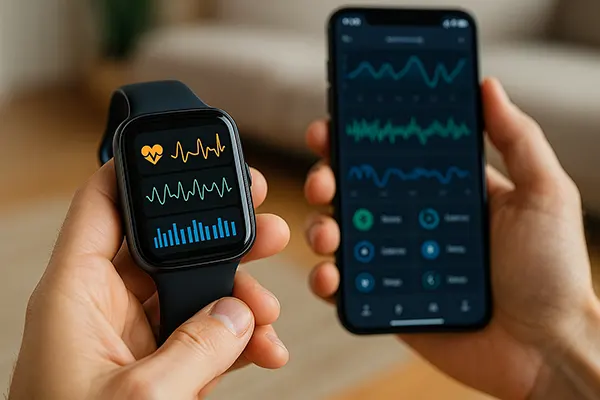How to Improve Navigation on the Site with the Help of Menu Design

A website’s navigation is fundamental to its user experience. A well-designed menu can significantly improve usability, guiding users to essential content with ease. This article will explore how an effective menu design can enhance site navigation, making the user experience smoother and more intuitive.
Basic Principles of Effective Menu Design
At the core of good menu design is simplicity. Users prefer straightforward navigation options that don’t require deep thinking. Some key principles include:
- Clarity: Menus should clearly label categories, making it easy for users to understand their options.
- Consistency: The design and placement of the menu should be uniform across all pages, ensuring users feel comfortable as they browse.
- Hierarchy: The most important categories should be prioritized, with subcategories nested neatly beneath them.
These principles help users find what they’re looking for quickly, reducing frustration and improving the overall experience on your site.
Types of Menus for Different Types of Sites
The design of your menu will depend on the type of website you operate. Here are some common types of menus and where they work best:
- Horizontal Menus: Ideal for websites with fewer categories. Common in blogs and personal sites.
- Vertical Menus: These work well for e-commerce sites or websites with multiple categories, as they can accommodate a larger number of links.
- Hamburger Menus: Often seen in mobile or minimalist designs. They keep the interface clean but may hide key navigation points.
- Mega Menus: For websites with a vast array of content (such as e-commerce or educational platforms), mega menus offer a structured way to present numerous links at once.
Choosing the right type of menu for your site ensures the design supports easy navigation and enhances user experience.
Colour Palette and Typography in Menus
Visual design plays a crucial role in the effectiveness of a menu. The colour palette and typography used can either aid or hinder navigation. Key considerations include:
- Colour Contrast: Ensure the text contrasts well with the background to enhance readability. A strong contrast helps users identify links quickly.
- Typography Size and Style: Choose a clean, legible font and ensure the size is appropriate for both desktop and mobile views. A well-chosen font can make navigation smoother and more pleasant.
- Consistency in Style: Maintain uniformity across different sections of the website to avoid confusing users. A consistent style reinforces the professionalism of the site and helps with seamless navigation.

Adaptability of Menu Design
In today’s multi-device world, adaptability is critical. Your menu must perform equally well on desktop, tablet, and mobile platforms. Key aspects of adaptability include:
- Responsive Design: Ensure that your menu adjusts appropriately to different screen sizes, providing users with easy access no matter their device.
- Mobile-Friendly Navigation: Mobile users benefit from touch-friendly menus, like hamburger or dropdown designs. Make sure the touch areas are large enough to prevent accidental clicks.
An adaptable menu design enhances user experience across devices, making your site accessible and user-friendly.
UX and UI Improvements for Menus
Menu design is a balance of User Experience (UX) and User Interface (UI) principles. To improve navigation:
- Minimalist Design: Avoid clutter by focusing on key categories and using dropdowns to hide less important links.
- Interactive Elements: Add subtle animations or hover effects to give users feedback when they interact with menu items.
- Search Functionality: For larger websites, integrate a search bar into the menu for quicker access to specific content.
By focusing on UX and UI improvements, you can create a more intuitive and enjoyable navigation experience.
Testing and Analysing Menu Performance
To ensure your menu design is working effectively, it’s crucial to test and analyze its performance:
- A/B Testing: Try different menu styles or placements and analyze user interaction to determine what works best.
- Heatmaps: Tools like heatmaps can show where users click the most, helping you optimize menu item placement.
- User Feedback: Gather feedback from real users to understand any navigation challenges they face.
Regular testing ensures that your menu remains efficient and user-friendly as your site evolves.
An effective menu design can transform your website’s navigation, providing users with an intuitive and pleasant browsing experience. By focusing on clarity, adaptability, and continuous improvement through testing, you can create a navigation system that enhances user satisfaction and engagement.




